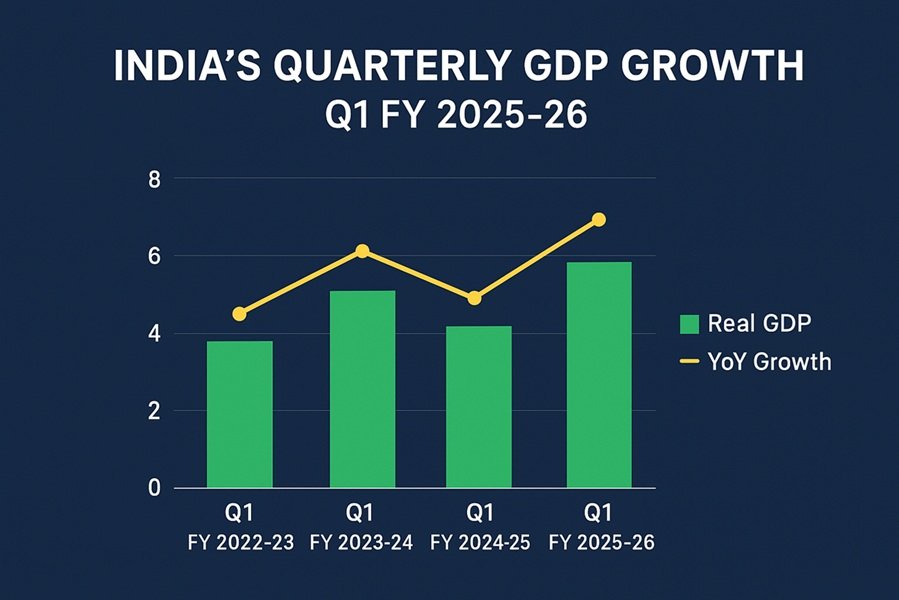
When it comes to combining investment and insurance in a single financial product, Unit Linked Insurance Plans (ULIPs) stand out as a popular choice. ULIPs offer the dual benefits of life insurance coverage and investment opportunities, making them an appealing option for individuals looking to grow their wealth while securing their family’s financial future. In this article, we delve deep into the concept of ULIPs, their features, benefits, and how they compare to other investment instruments.
What is a ULIP?
A Unit Linked Insurance Plan (ULIP) is a hybrid financial product that combines life insurance and investment. When you invest in a ULIP, a portion of your premium goes towards providing life insurance coverage, while the remaining amount is invested in market-linked instruments such as equities, debt funds, or a mix of both.
How It Works:
- Premium Allocation:
- The premium paid is divided into two parts: one for insurance and the other for investment.
- After deducting applicable charges (e.g., premium allocation charge, fund management charge), the remaining amount is invested in funds of your choice.
- Fund Options:
- Policyholders can choose from a variety of funds such as equity, debt, or balanced funds based on their risk appetite and financial goals.
- Fund Value:
- The invested amount is divided into units, and the value of these units depends on the Net Asset Value (NAV), which fluctuates with market performance.
- Maturity Benefit:
- At the end of the policy term, you receive the fund value as the maturity benefit.
- Death Benefit:
- In case of the policyholder’s demise during the policy term, the nominee receives the sum assured or the fund value, whichever is higher.
Key Features of ULIPs
- Dual Benefits:
- ULIPs provide life insurance coverage along with market-linked investment opportunities.
- Flexibility:
- Policyholders can switch between funds (e.g., equity to debt) to align with changing financial goals or market conditions.
- Lock-In Period:
- ULIPs come with a mandatory lock-in period of 5 years, during which you cannot withdraw funds.
- Tax Benefits:
- Premiums paid are eligible for tax deductions under Section 80C of the Income Tax Act, and the maturity proceeds are tax-free under Section 10(10D), subject to conditions.
- Transparency:
- ULIPs provide regular updates on NAV and fund performance, ensuring transparency for investors.
- Partial Withdrawals:
- After the lock-in period, policyholders can make partial withdrawals to meet financial needs.
Charges Associated with ULIPs
- Premium Allocation Charge:
- Deducted upfront from the premium to cover initial expenses like distribution and marketing.
- Fund Management Charge:
- Charged as a percentage of the fund value for managing investments.
- Mortality Charge:
- Covers the cost of providing life insurance coverage.
- Policy Administration Charge:
- Covers administrative expenses like record maintenance.
- Surrender Charge:
- Applied if the policyholder exits before the lock-in period ends.
- Switching Charge:
- Some insurers levy a fee for switching between funds after a certain number of free switches.
Benefits of ULIPs
- Wealth Creation:
- Market-linked investments provide an opportunity for wealth accumulation over the long term.
- Life Insurance Coverage:
- Ensures financial security for your family in case of an untimely demise.
- Goal-Based Planning:
- Suitable for achieving long-term goals like buying a house, funding education, or planning retirement.
- Tax Efficiency:
- Offers tax-saving benefits both at the investment and maturity stages.
- Customizable Portfolio:
- Flexibility to switch funds and align your portfolio with your risk profile and market conditions.
- Disciplined Investment:
- Regular premium payments instill a habit of disciplined investing.
ULIPs vs. Other Investment Options
| Feature | ULIP | Mutual Funds | Traditional Insurance Plans |
|---|---|---|---|
| Risk | Market-linked, moderate to high | Market-linked, moderate to high | Low |
| Returns | Depends on fund performance | Depends on fund performance | Fixed |
| Lock-In Period | 5 years | 3 years (for ELSS funds) | 5-10 years |
| Tax Benefits | Under Section 80C and 10(10D) | Under Section 80C (ELSS only) | Under Section 80C |
| Life Insurance Cover | Yes | No | Yes |
| Charges | Higher due to insurance + investment | Lower | Moderate |
Who Should Invest in ULIPs?
- Long-Term Investors:
- ULIPs are ideal for individuals with long-term financial goals like child education, retirement, or wealth creation.
- Risk-Tolerant Individuals:
- Suitable for those willing to take moderate to high risks for potentially higher returns.
- Tax Savvy Investors:
- Ideal for individuals looking to save taxes while investing in market-linked instruments.
- Disciplined Savers:
- ULIPs encourage regular premium payments, which is beneficial for disciplined financial planning.
Limitations of ULIPs
- High Costs:
- ULIPs involve multiple charges, which can eat into returns, especially in the early years.
- Lock-In Period:
- Funds are inaccessible during the initial 5 years, which might limit liquidity.
- Market Risk:
- Investment returns are subject to market fluctuations, making them unpredictable.
- Complexity:
- Understanding the various charges, fund options, and performance metrics can be challenging for new investors.
Conclusion
Unit Linked Insurance Plans (ULIPs) are a unique financial product that bridges the gap between investment and insurance. They are particularly suited for individuals seeking a disciplined approach to wealth creation while securing their family’s financial future. However, it is essential to evaluate your financial goals, risk tolerance, and investment horizon before investing in ULIPs. By doing so, you can leverage the benefits of ULIPs to achieve long-term financial success.





